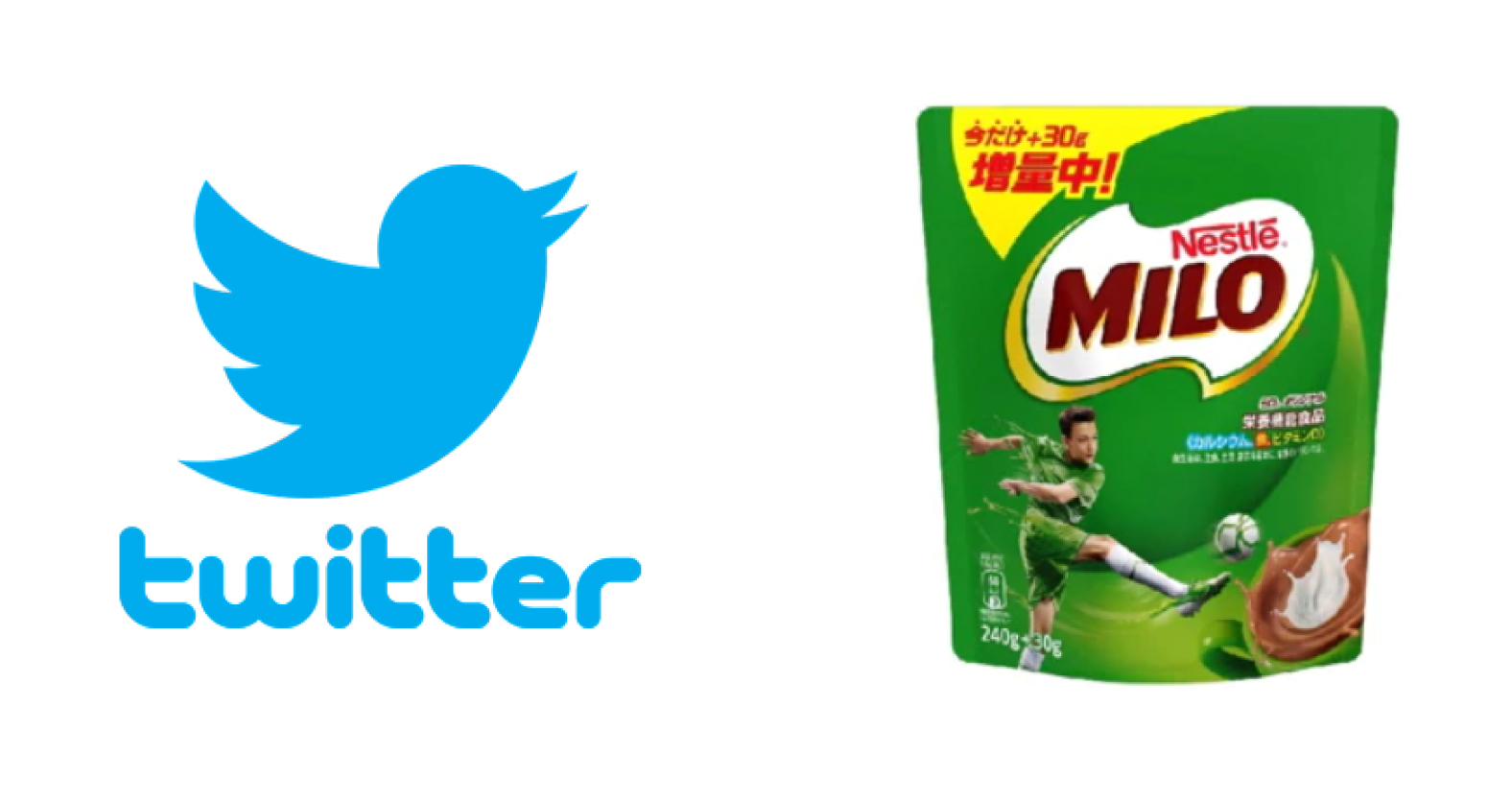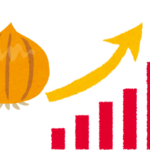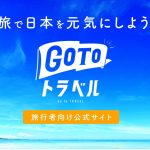
Nestle's "MILO" familiar in Japan with "Strong Child Milo". A tweet on Twitter, "My anemia improved after taking Milo," was spread on social media and production could not keep up and sales were temporarily suspended at the end of September. The sales have been suspended since then.
You'll often see "MILO" in Philippine-related blogs. How to pronounce it is more of a hot topic than the drink itself. In Japan, it's [miro], but in the Philippines, it's [mailo].
It is true that [mailo] is correct when read in English, and the Japanese pronunciation of Milo seems to be in the minority. Malaysia, the most consumed country in Asia, is also called Milo.
Originally, MILO was developed by Thomas Mayne of Nestlé Australia in 1934 for growing children, and was named after a man named Milon of Croton, who defended his title in ancient Olympic wrestling for 24 years.Croton was a colony in southern Italy, where Pythagoras also lived. Myron married the daughter of Pythagoras (some say she was the daughter of the Pythagoreans), who was instrumental in saving Pythagoras.
So calling it Milo in Japanese is not necessarily a mistake.
Selling a scarce product online at a high price is not limited to "masks".
I checked Amazon this morning and found 240 grams of Milo on sale for 1400 yen.
In LAZADA, a major online retailer in the Philippines, 600 grams of milo costs 176 pesos (390 yen), and 240 grams is 156 yen. In Japan, it is nearly 9 times more expensive.
Maybe there are people who are willing to pay that much to buy it, but I don't think it's a good idea to sell something that normally sells for about 400 yen at 1400 yen.
I have never drunk Milo myself, because I was under the impression that it was a child's drink due to the "strong child's drink" commercial. Because of the "strong child's Milo" commercial, I was under the impression that it was a child's drink.
You might want to try it once it's normally sold.
【postscript】 According to today's (December 16, 2020) Toyo Keizai, Milo is manufactured in Singapore, and the consumption of malt beverages decreased by 40% in the 10 years from 2009 to October of 2019. This time, the boom is happening on social networking sites, and I don't think the boom will last forever. On the other hand, the Corona disaster has made people more health-conscious, so Nestle is hoping that the value of Milo will continue to be reevaluated and consumption will increase.









